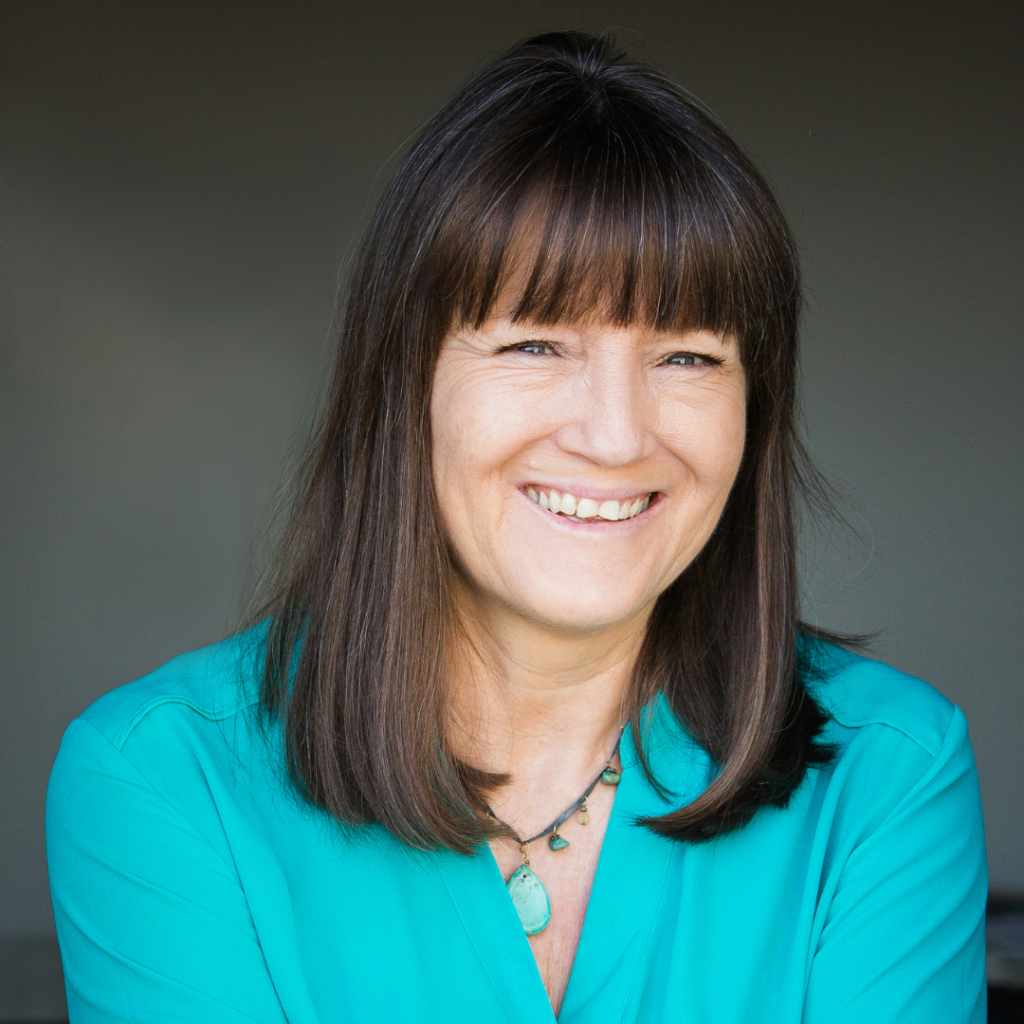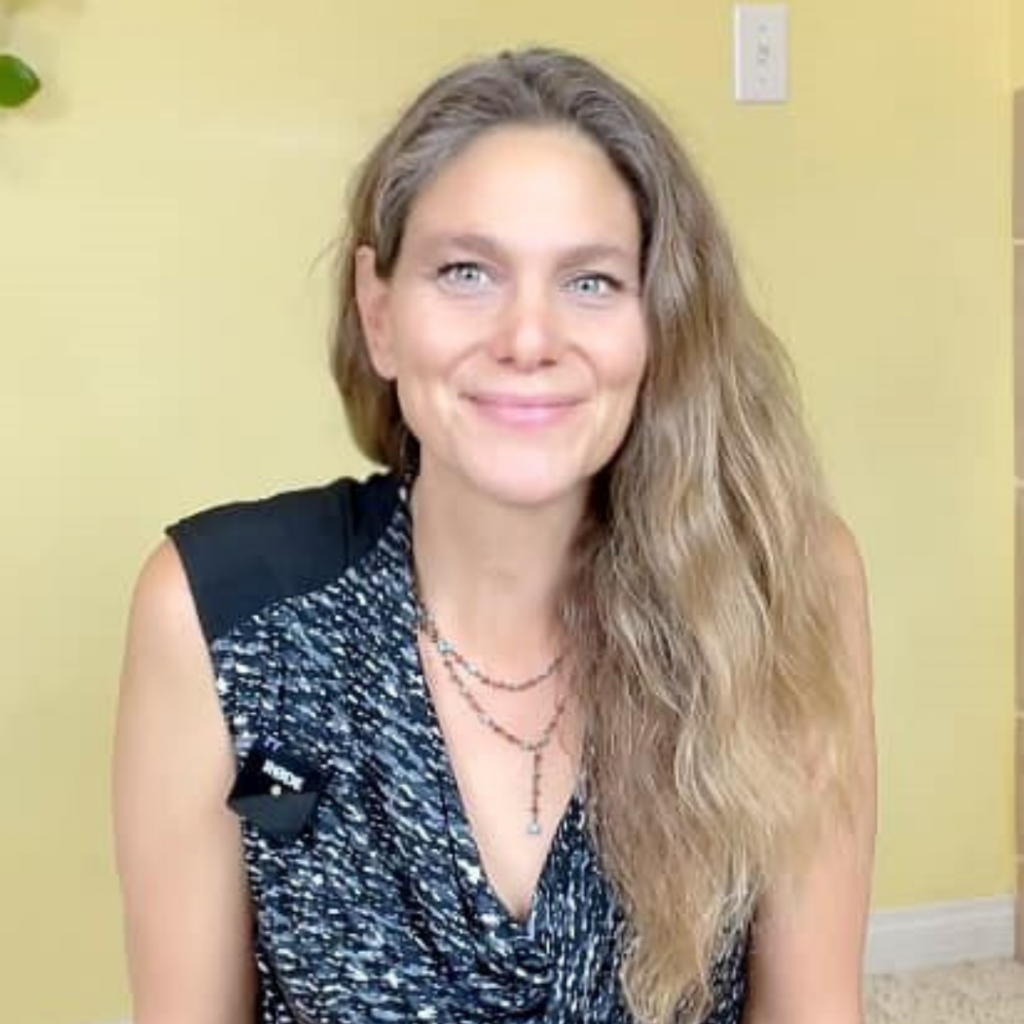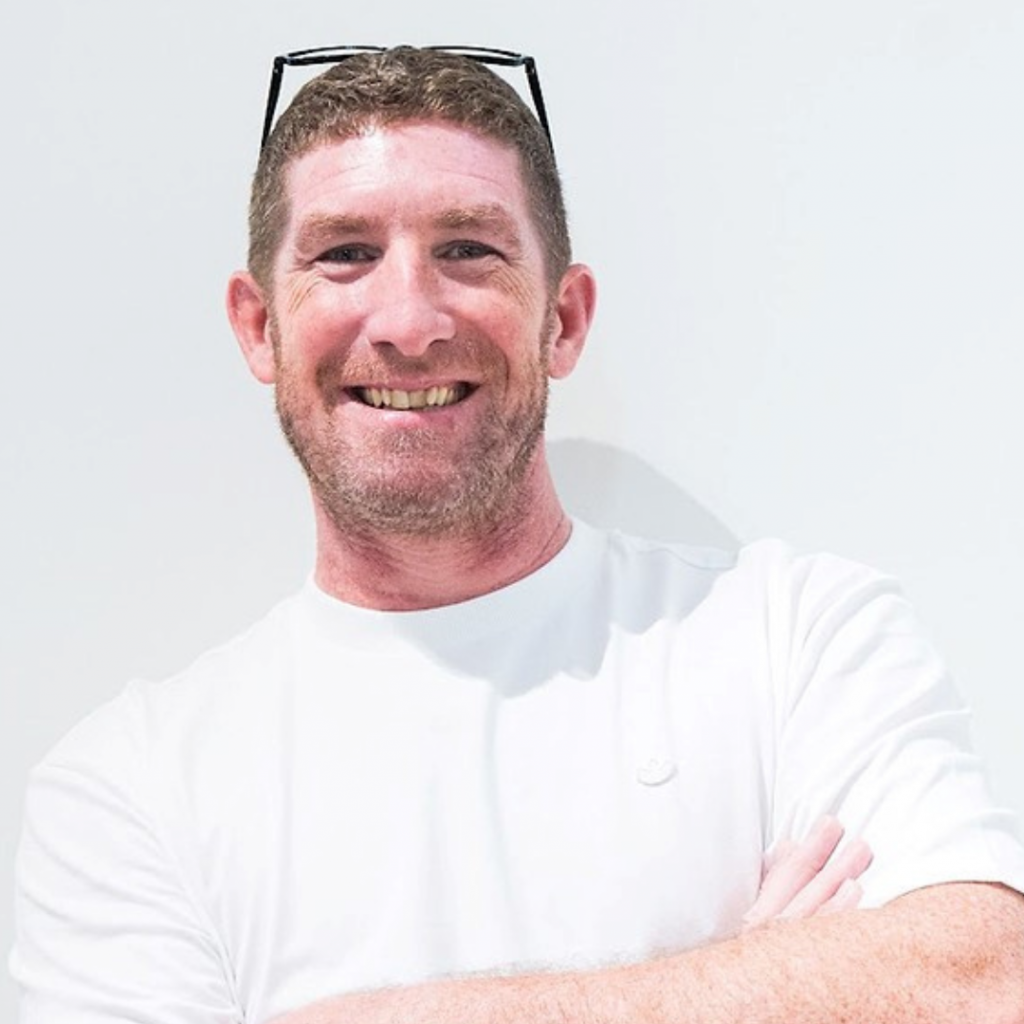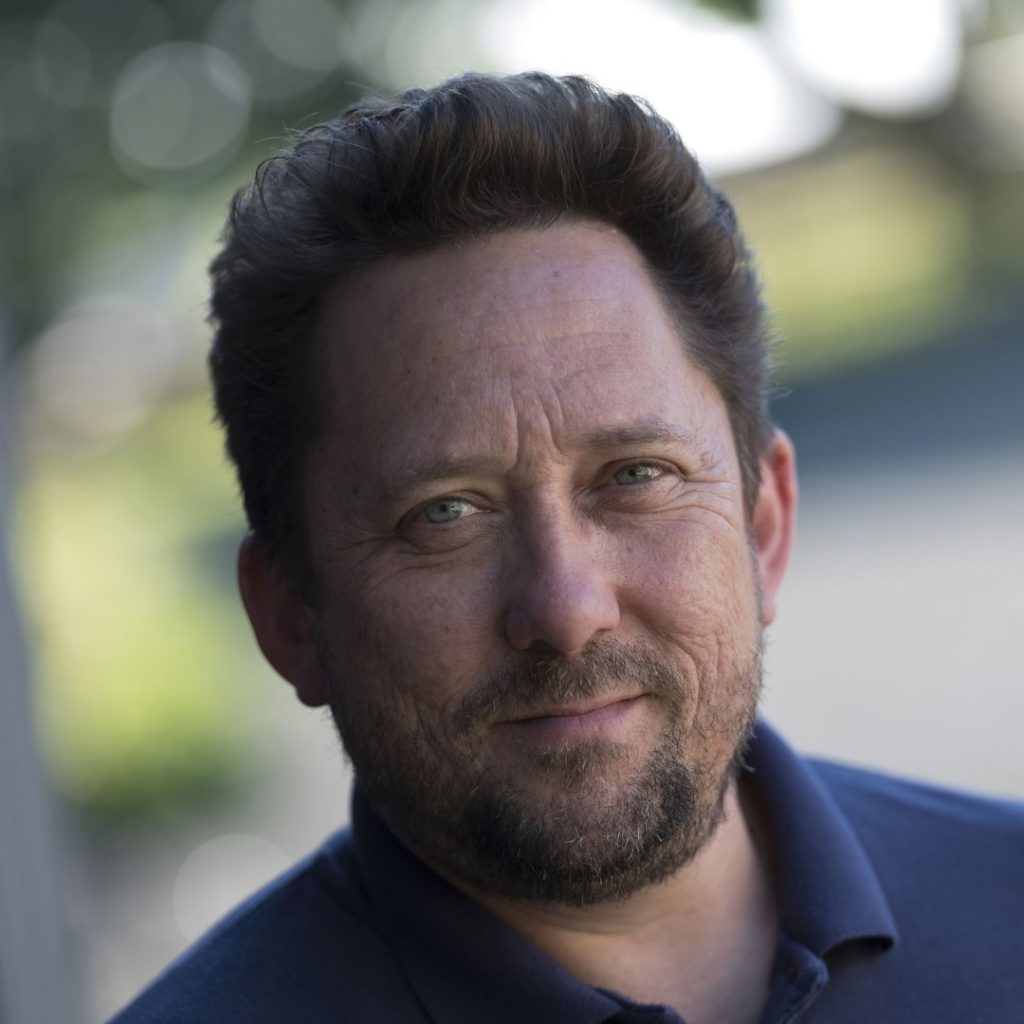Monthly Member Webinar – Thursday 19 October 2023
Monthly Member Webinar As one of our membership benefits, we are delighted to run a complimentary, monthly members’ webinar to explore a different element of fascia. See the details below for this month’s instalment. Practical details Date: Thursday 19th October Time: 19.00 UK time. Check your timezone here Presenter: James Earls and Jan Trewartha Title:…
“Dem bones, dem bones, dem dry bones……”
“Dem bones, dem bones, dem dry bones….” as the song goes.[1] The skeleton is traditionally thought of as connected bones surrounded by the periosteum and activated by muscles. But are bones really the passive, dessicated, rigid structures we have in the past considered them to be? We are now starting to understand otherwise, and the…
Monthly Member Webinar – 21 September 2023
Monthly Member Webinar As one of our membership benefits, we are delighted to run a complimentary, monthly members’ webinar to explore a different element of fascia. See the details below for this month’s instalment. Practical details Date: Thursday 21 September Time: 19.00 UK time. Check your timezone here Presenter: Yasmin Lambat Title: Fascial Unwinding –…
Somatic mindfulness and the breath
Have you ever watched a baby move and play, content and exploring their world? If you observe their fingers and toes curl and reach, the look of fascination on their faces, it’s clear that being inside a body is meant to be pleasurable. So, where does that embodied pleasure go as we grow up? As…
Monthly Member Webinar – 23 August 2023
Monthly Member Webinar As one of our membership benefits, we are delighted to run a complimentary, monthly members’ webinar to explore a different element of fascia. See the details below for this month’s instalment. Practical details Date: Wednesday 23 August Time: 19.00 UK time. Check your timezone here Presenter: Sharon Wheeler and Wojciech Cackowski Title:…
The Shape of Things: Form in Fascia and Space
“Life shapes us and we shape it as well. Fascia, a biological organizing matrix, may be having its moment because it is a reflection of the larger discussions in the world today. Isolating anything, whether it be anatomical structures, elements of architecture, or social groups, changes its meaning and context. Environment is both the medium…
Monthly Member Webinar – 20 July 2023
Monthly Member Webinar As one of our membership benefits, we are delighted to run a monthly members’ webinar to explore a different element of fascia. See the details below for this month’s instalment. Practical details Date: Thursday 20th July Time: 19.00 UK time. Check your timezone here Presenter: Christine Wushke Title:Breathing and Beyond: Harnessing the…
Is Living Tissue Designed to be Stretched?
By Paul Thornley Is living tissue designed to be stretched? Well, if I said “Absolutely not, it’s an anti-stretching tissue designed to stop you falling and we should respect its natural boundaries and not exceed them”, would this confuse your current understanding of stretching? Is living tissue designed to stretch? Think about that for a…
Monthly Member Webinar – 22 June 2023
Monthly Member Webinar As one of our membership benefits, we are delighted to run a monthly members’ webinar to explore a different element of fascia. See the details below for this month’s instalment. Practical details Date: Thursday 22nd June Time: 19.00 UK time. Check your timezone here Presenter: Lauri Nemetz Title: The Shape of Things:…
Is your stress your Achilles heel?
by Gus de la Querra You’re struggling with this irritating reoccurring pain in your Achilles tendon. It’s been persistent for the last few months and although at times it seems to be getting better, constant inflammation is the order of the day, causing regular flare-ups, stopping you in your tracks. Maybe you’re currently experiencing a…









